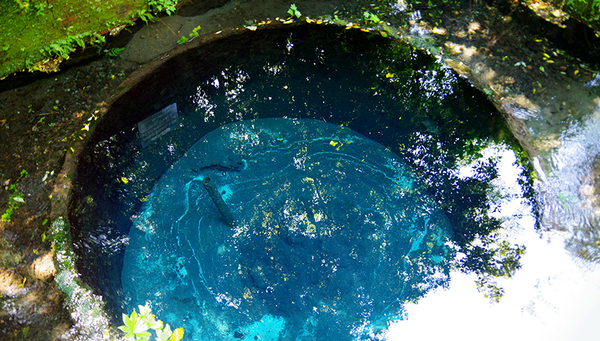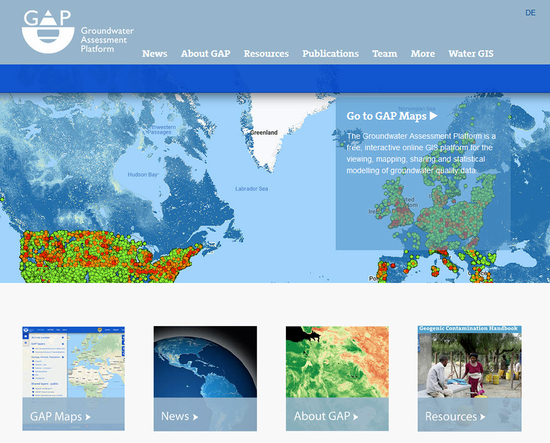News Detail
“Groundwater, the invisible treasure”
March 22, 2022 |
Groundwater serves as drinking water for around half of the world’s population and provides water for over 40 percent of the world’s agriculture. So, there is no question that groundwater research plays an important role at Eawag. The aquatic research institute deals with groundwater quality, the regeneration of groundwater, geochemical processes in the subsurface and the treatment of groundwater to produce drinking water, both nationally and internationally. In this way, Eawag contributes to understanding the natural and anthropogenic impacts on groundwater, which is essential for the supply of drinking water, but also for the protection of the resource and associated ecosystems such as rivers, lakes and wetlands.
Specialists at work – whether SDGs, machine learning or modelling
For instance, Eawag researchers are developing and refining science-based criteria for the assessment and modelling of water resources. “Our criteria are based on a detailed understanding of physical, chemical, mineralogical and biogeochemical processes, and Eawag excels in researching how they are linked,” explains Michael Berg, Head of the Water Resources and Drinking Water Department. “The studies range from molecular to macroscopic scales, from test tubes to urban water supplies and from river basins to subcontinental regions,” Berg continues.
In recent years, Berg says, Eawag has also pioneered new statistical techniques and the use of machine learning to estimate the risk of natural (geogenic) contamination using geological, topographical and other environmental data, without having to examine all groundwater wells. For this purpose, corresponding risk maps for safe and unsafe groundwater were drawn up at the regional to global level.
Risk maps and over 500,000 measured groundwater datasets are displayed free of charge on the online Groundwater Assessment Platform (GAP).
In Switzerland and Europe, the research focus is on industrial contaminants, plant treatment products and nitrates. Michael Berg adds: “In less developed regions of the world, naturally occurring pollutants such as arsenic and fluoride play a central role, with approximately 400 million people (5% of the global population) still exposed to chronic poisoning. Other international issues include groundwater salination and the vulnerability of aquifers.”
The Sustainable Development Goals (SDGs) are also guiding research. In connection with Goals 3, 4 and 11, Eawag researchers are investigating and developing methods for treating groundwater , whose quality is not adequate for direct use as drinking water for humans.
Challenges in groundwater research
Among the most urgent challenges in groundwater research are the predictions of climate change and the assessment of the associated consequences. For example, how to improve water resource management to reduce global groundwater depletion or how to deal with the decline in regeneration of groundwater with a simultaneous increase in groundwater use.
Berg comments: “In addition, we address specific challenges such as groundwater pollution from agricultural activities or the interactions between groundwater and surface water with regard to river restoration and drinking water production close to rivers.” Competition for groundwater resources is also being researched, and the question is being explored of how geothermal energy and CO2 storage projects affect water quality and water supply – both technologies are rapidly gaining ground both internationally and in Switzerland.
World Water Day 2022 – “Our groundwater, the invisible treasure”
World Water Day, which the United Nations (UN) has held since 1992, is an annual reminder of the special nature of water as the most essential resource of all life. The theme of World Water Day 2022 is: “Our groundwater, the invisible treasure”. With this year’s theme, the UN wants to draw attention to the importance of groundwater worldwide and make people aware of it.
Many people are not really conscious of the elementary importance of groundwater as an indispensable resource and as part of the water cycle, as well as the pressures to which it has been exposed by human activities and increasingly by climate change. For this reason, and in view of imminent climate change, the United Nations is once again raising social and political awareness of the importance and value of our precious groundwater.
Cover picture: Climate change and other human influences are not only affecting groundwater in this country.
(Photo: Tom-Kichi, iStock)


